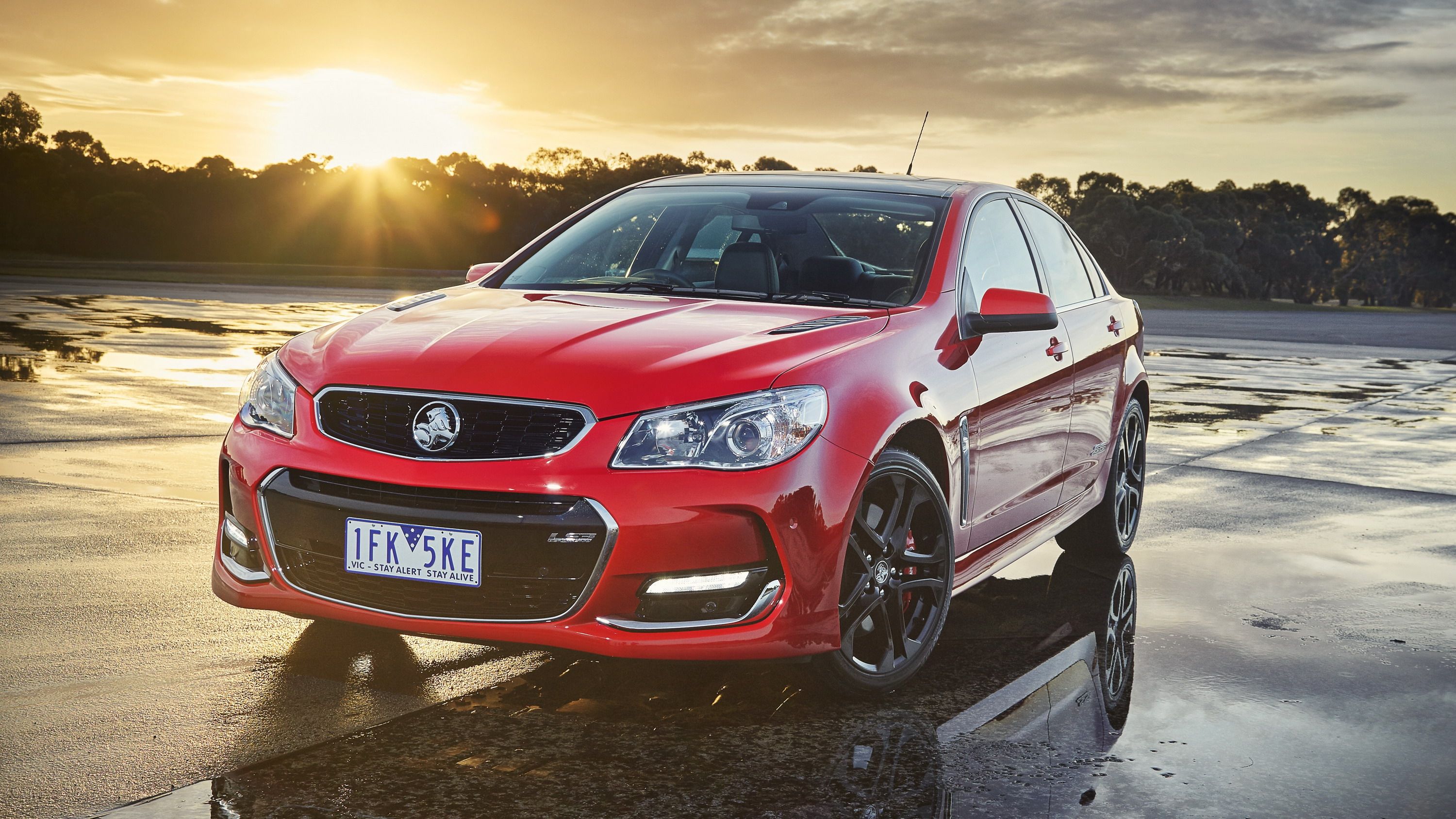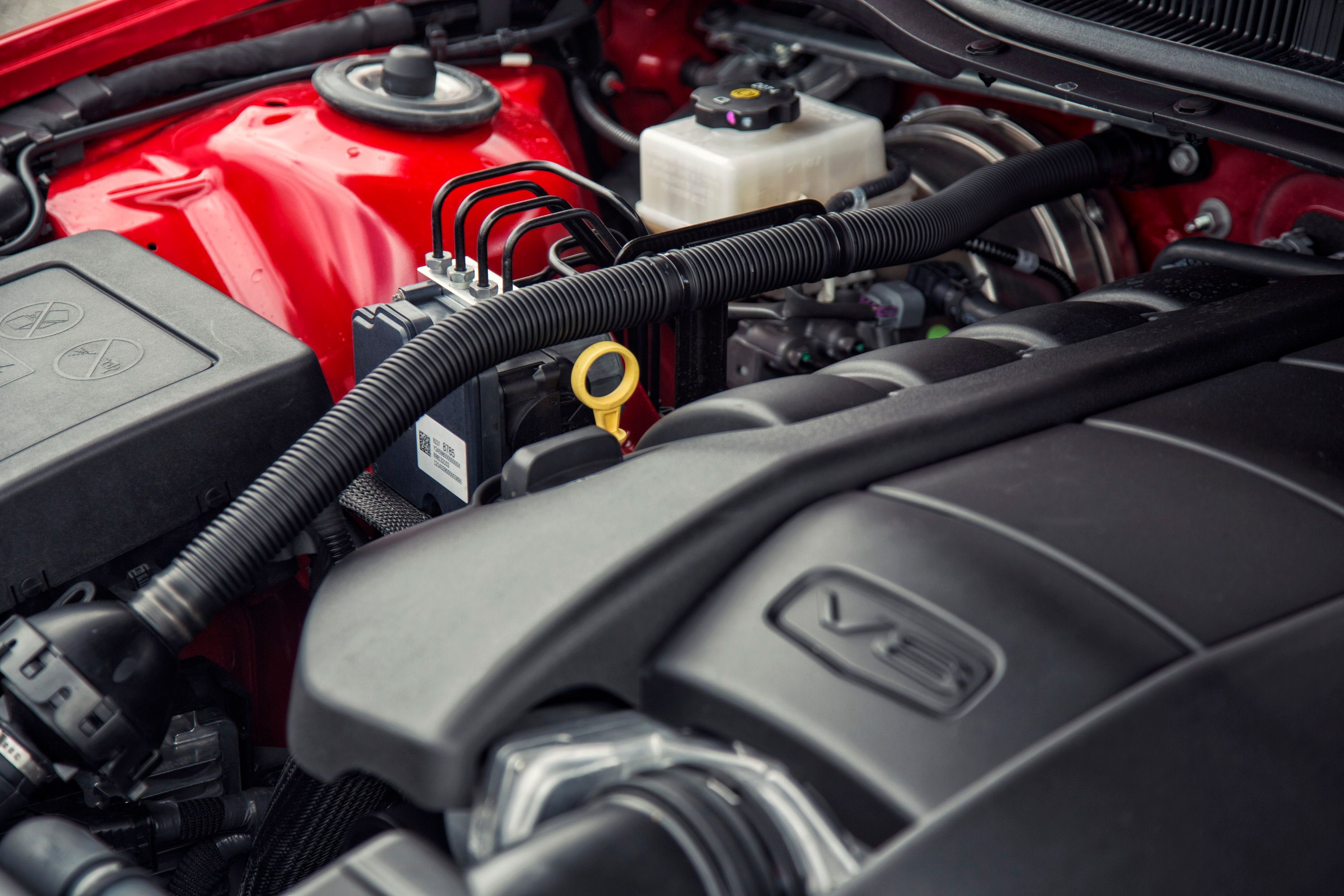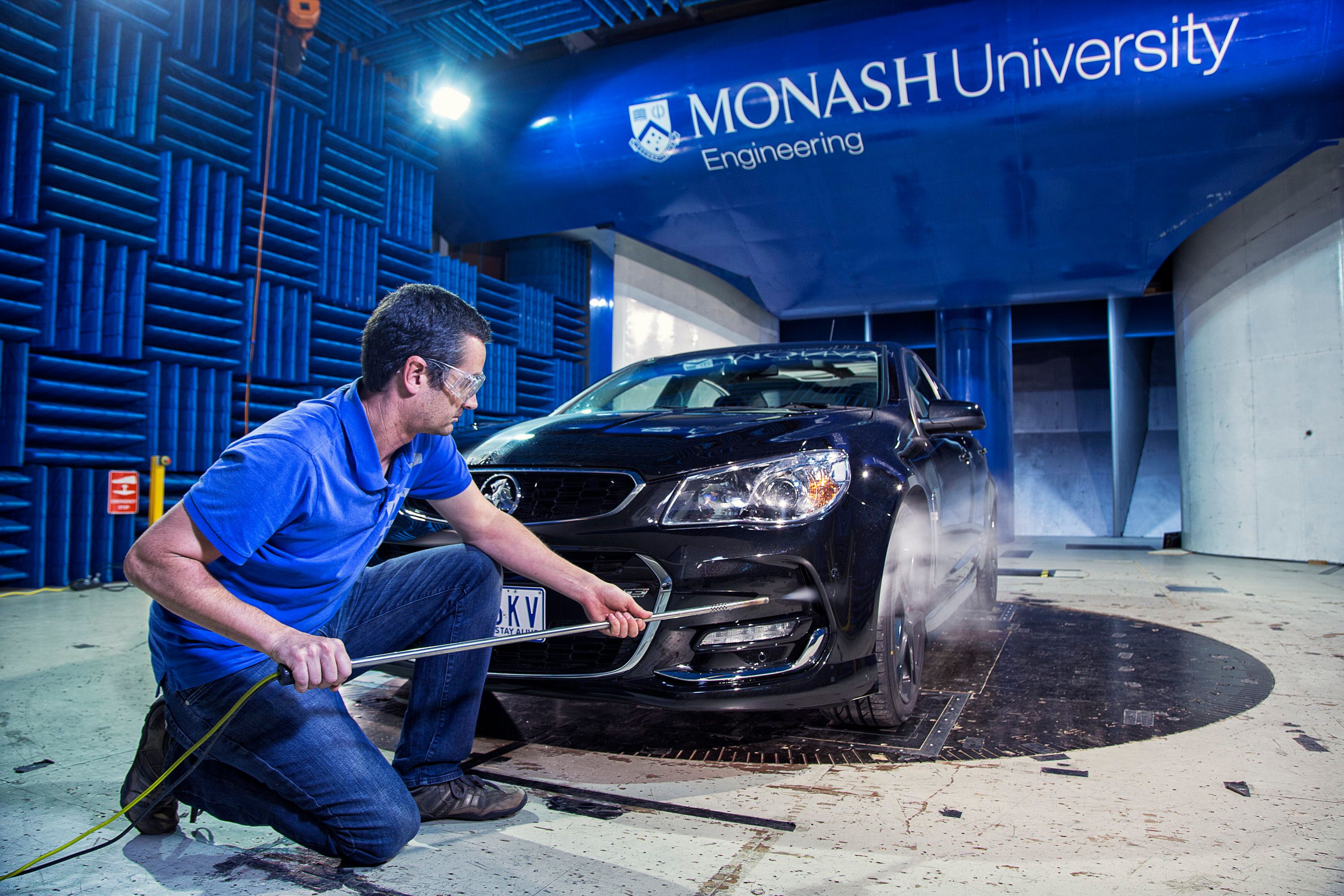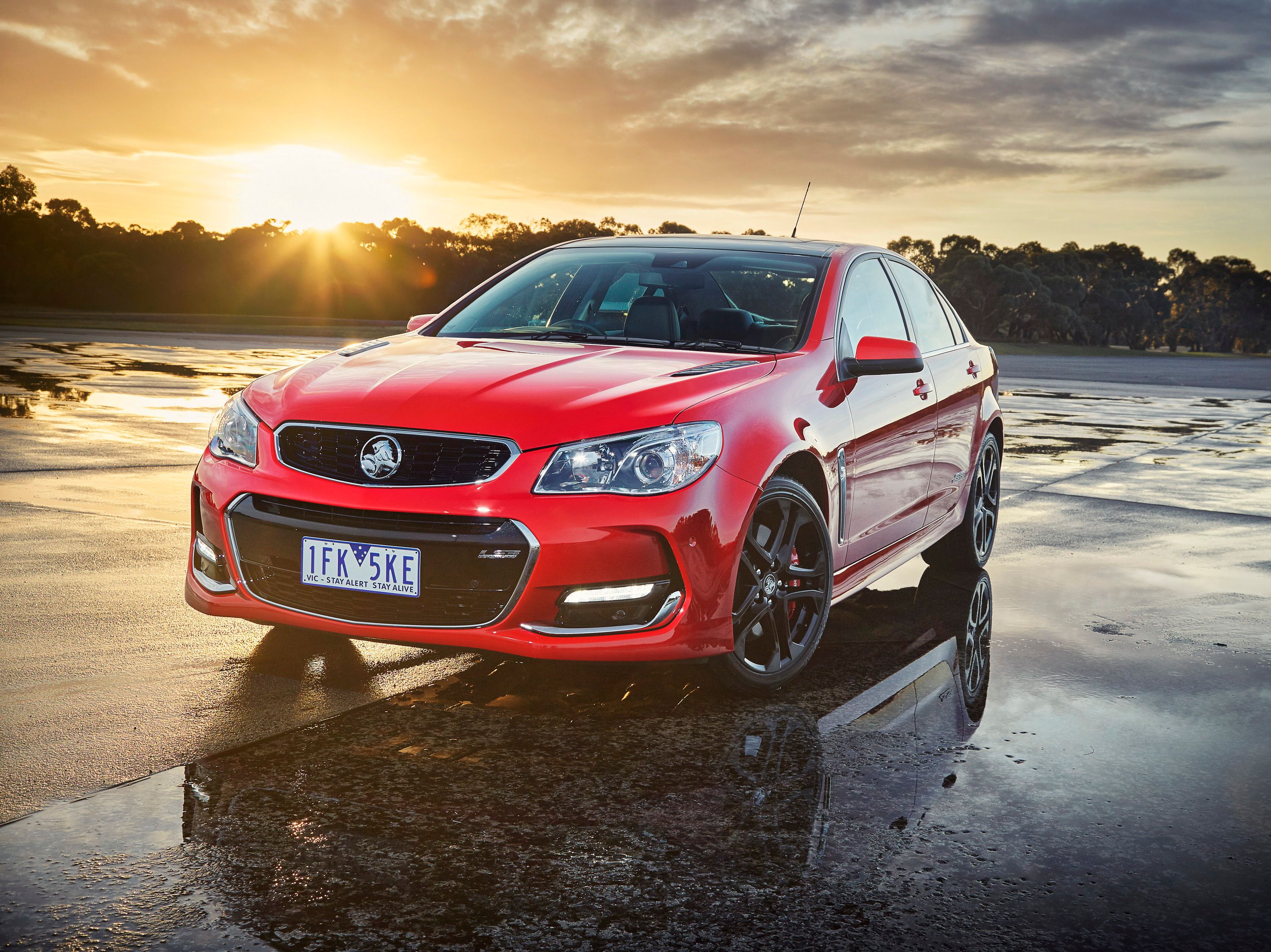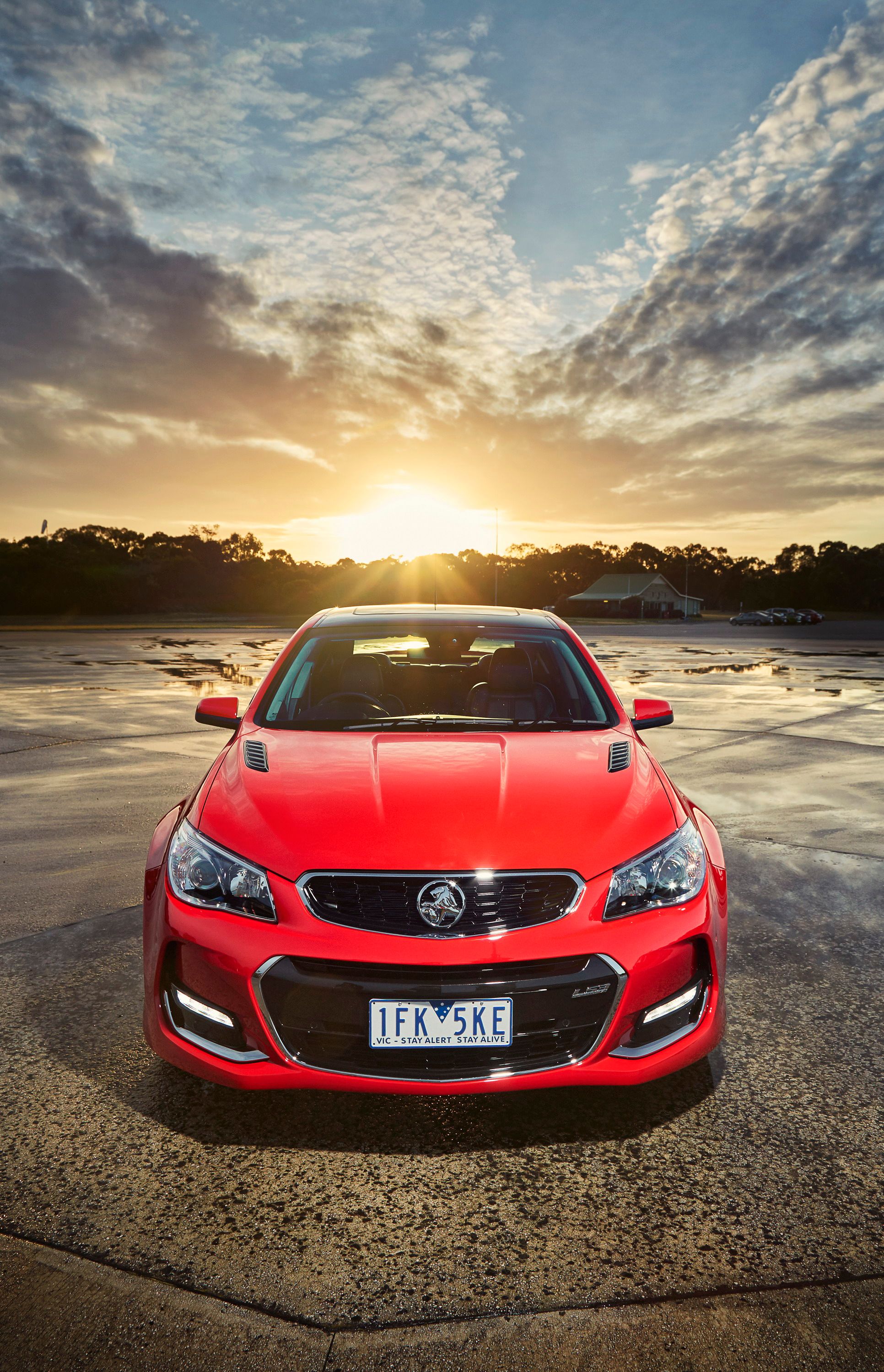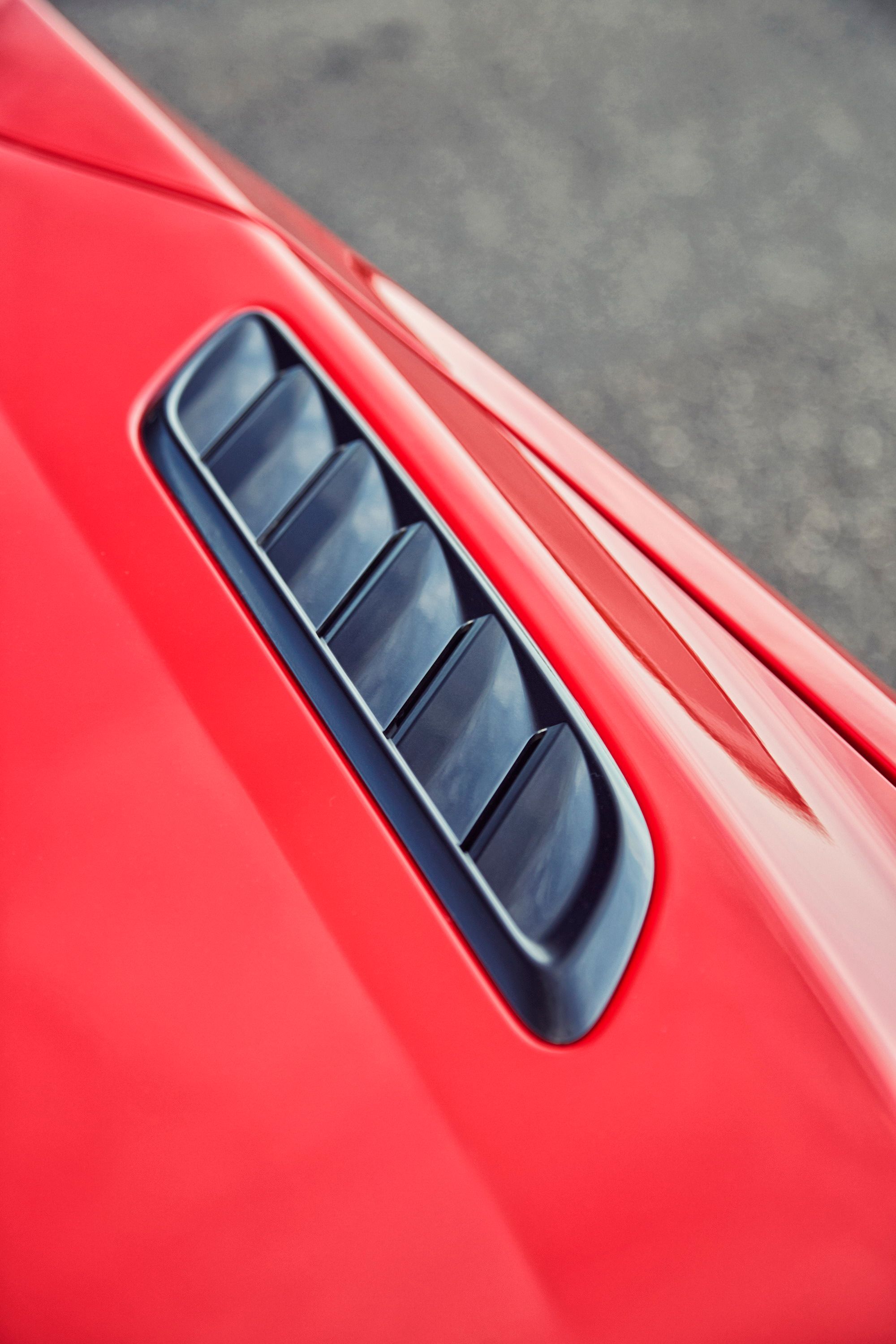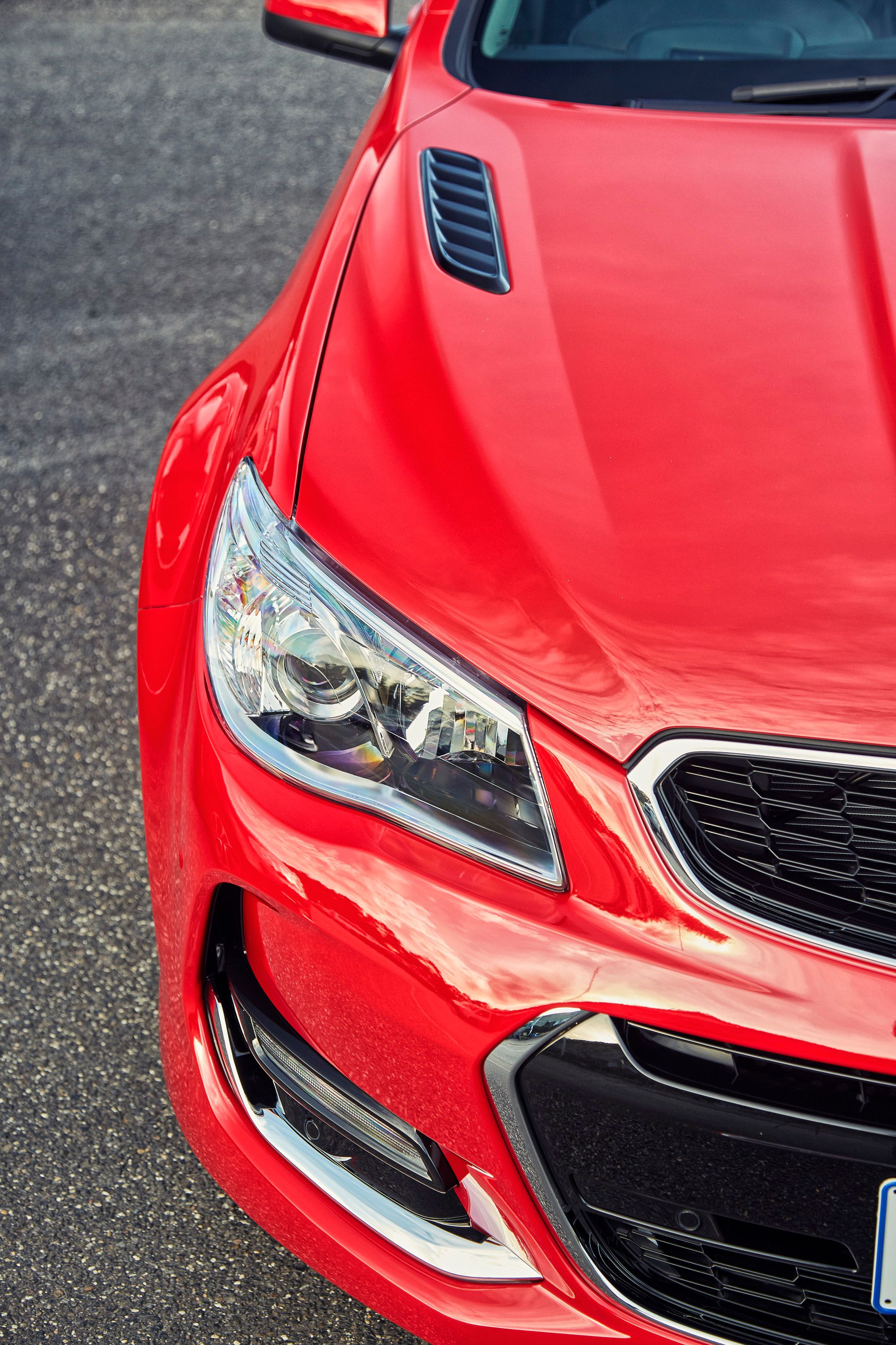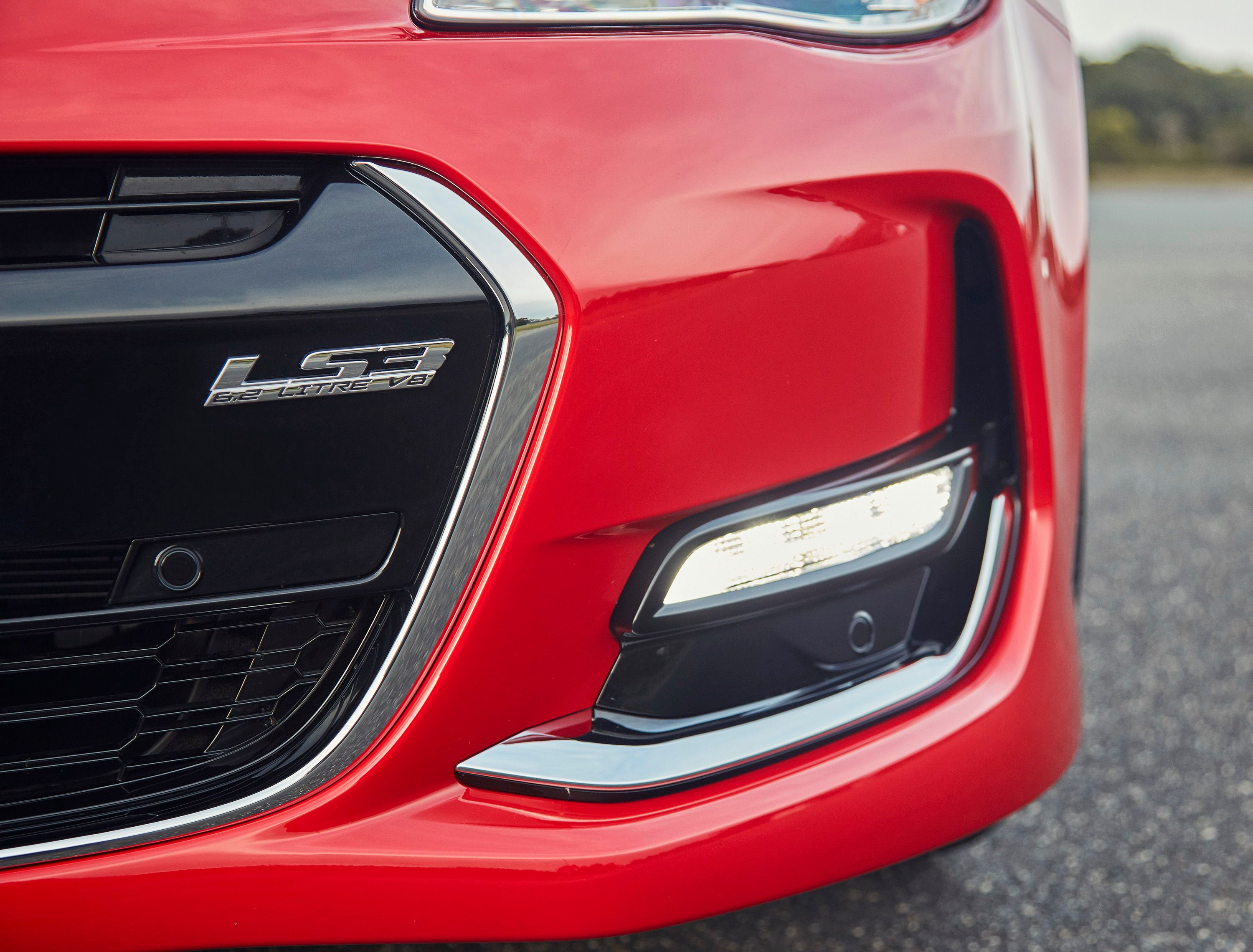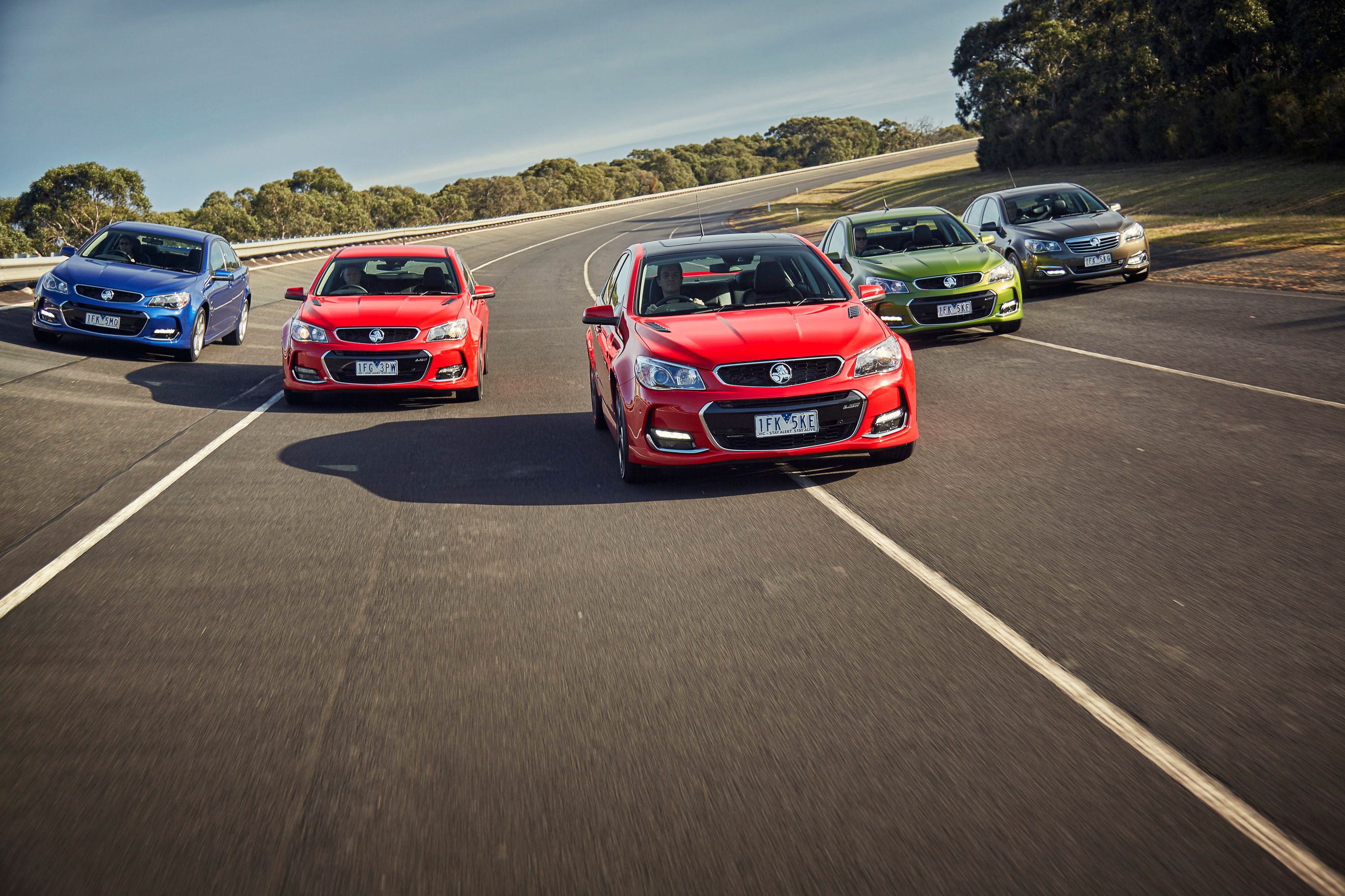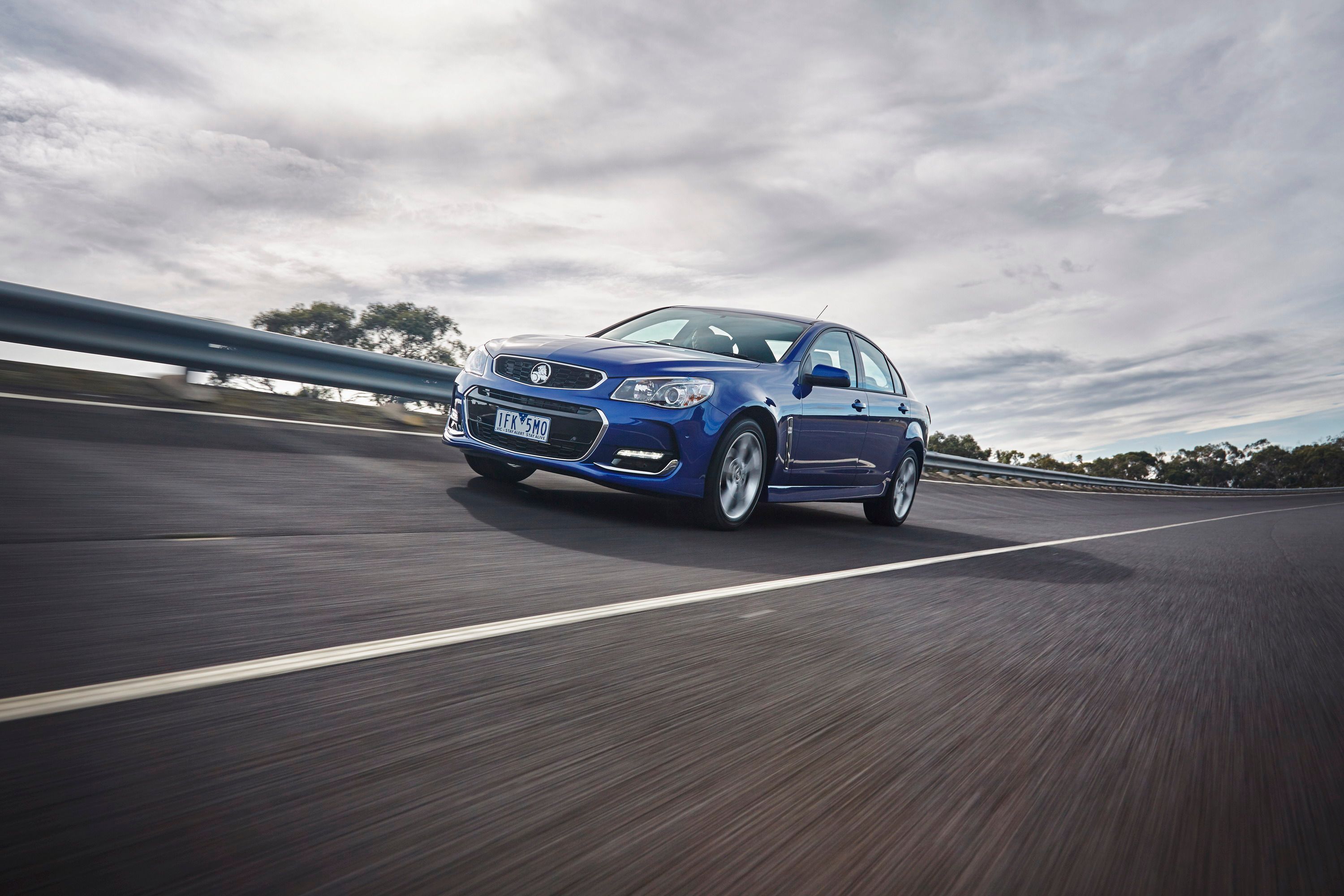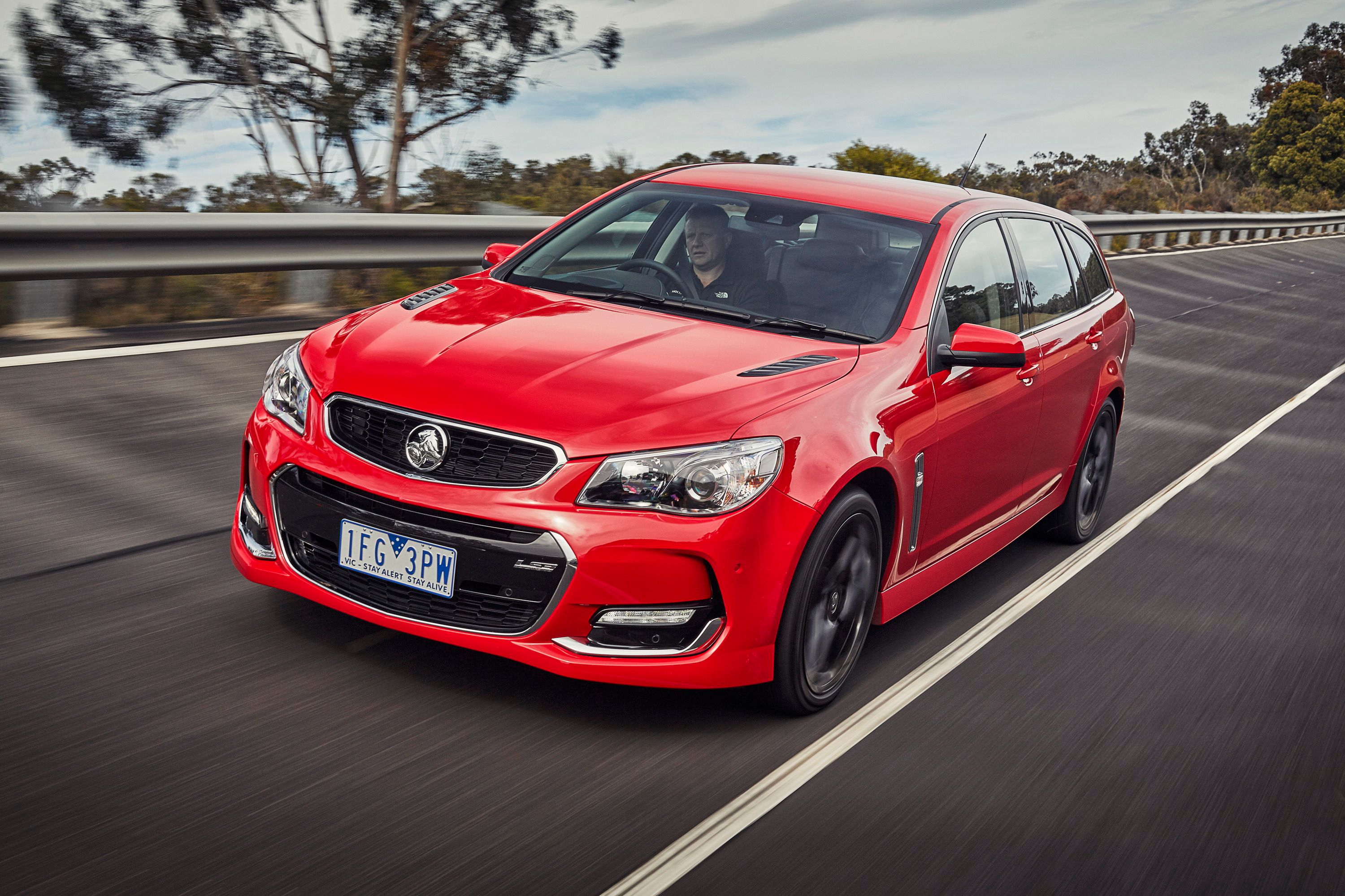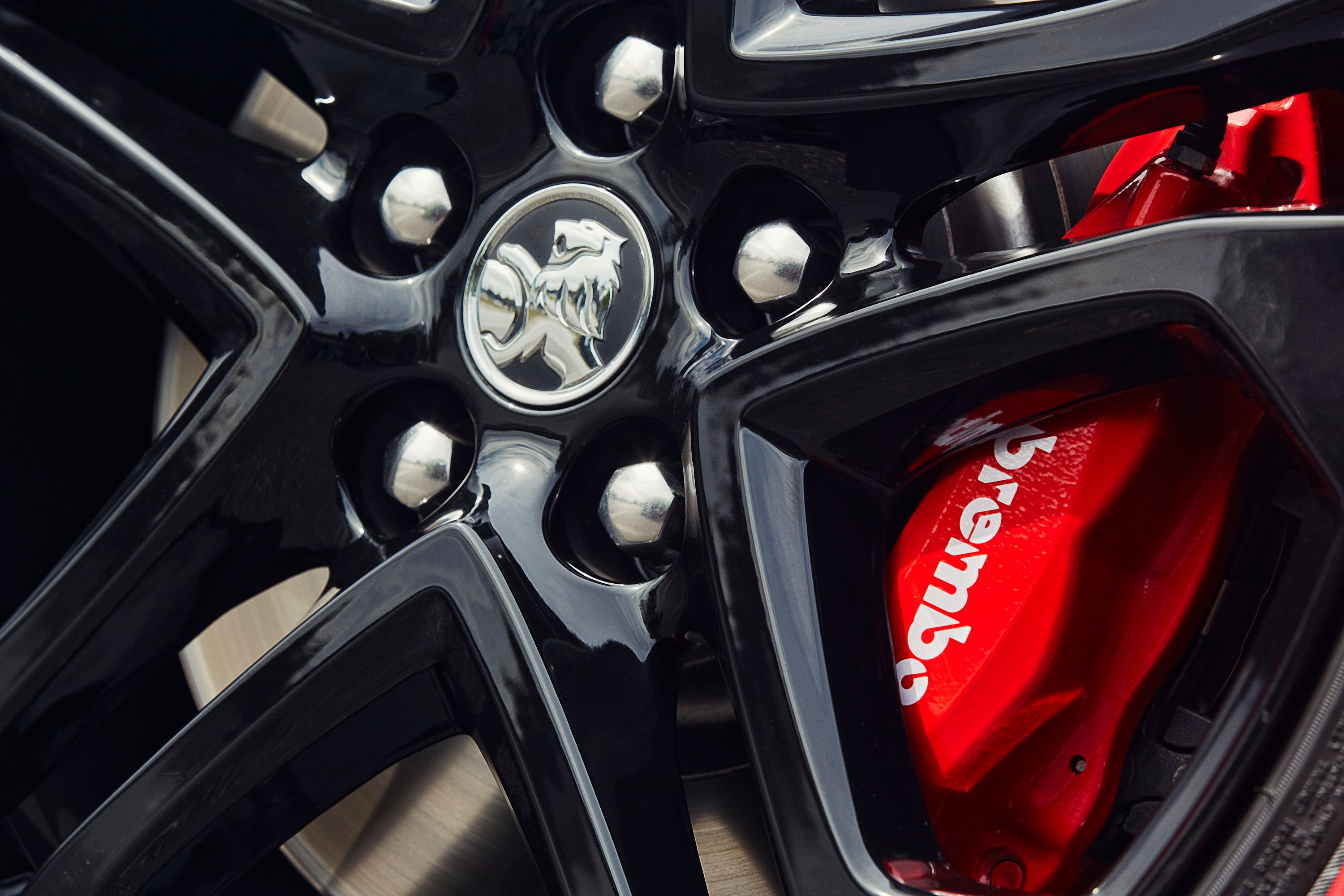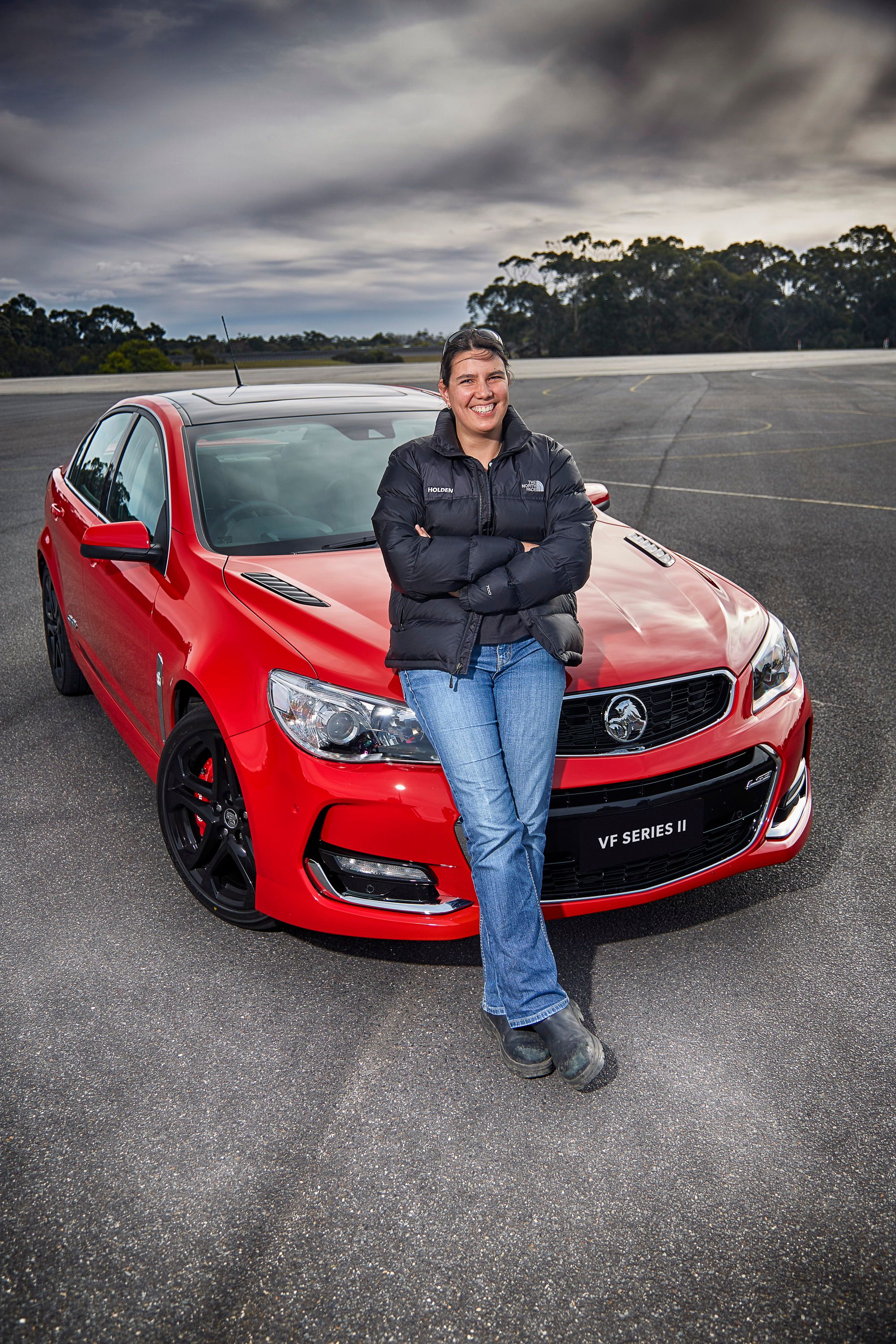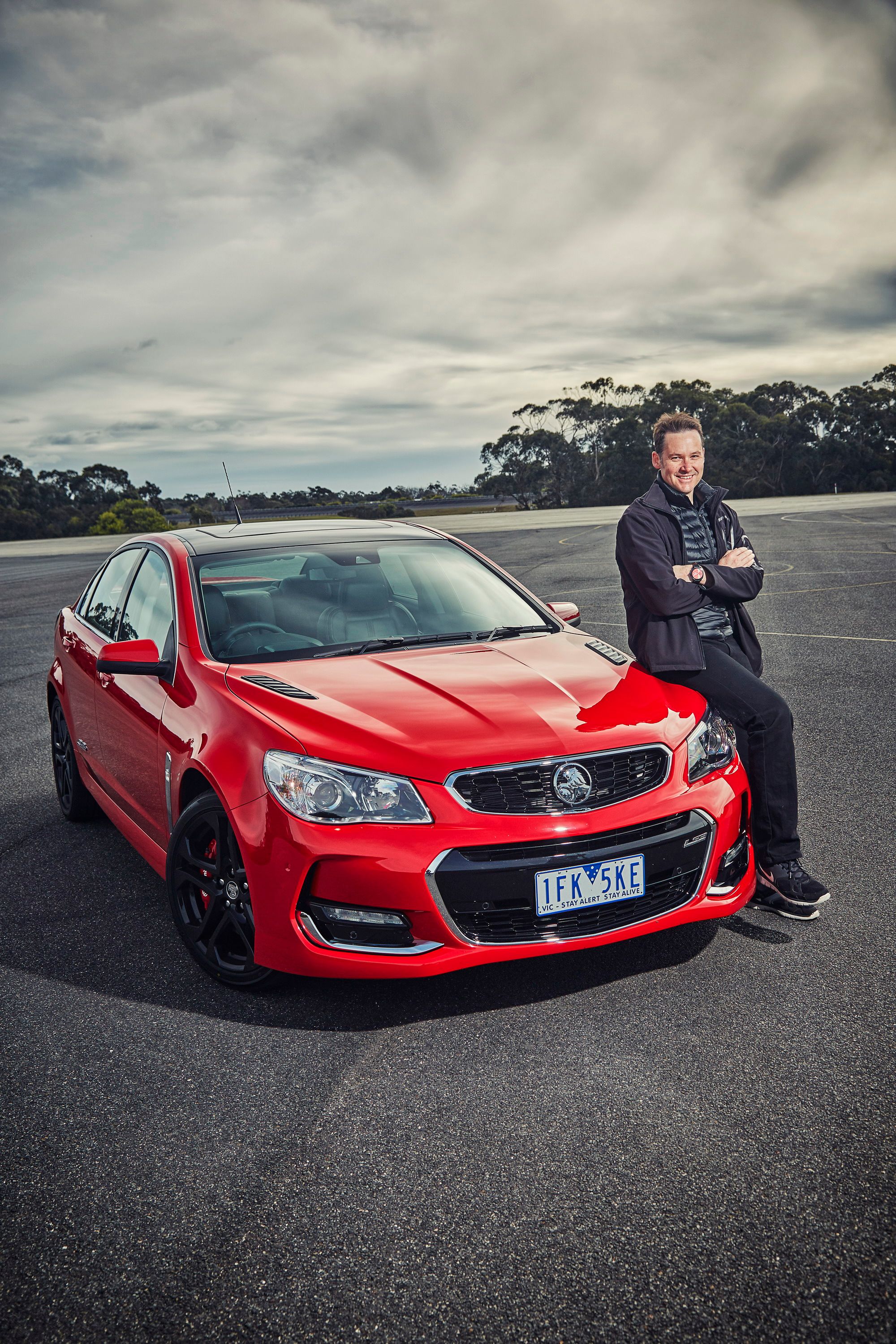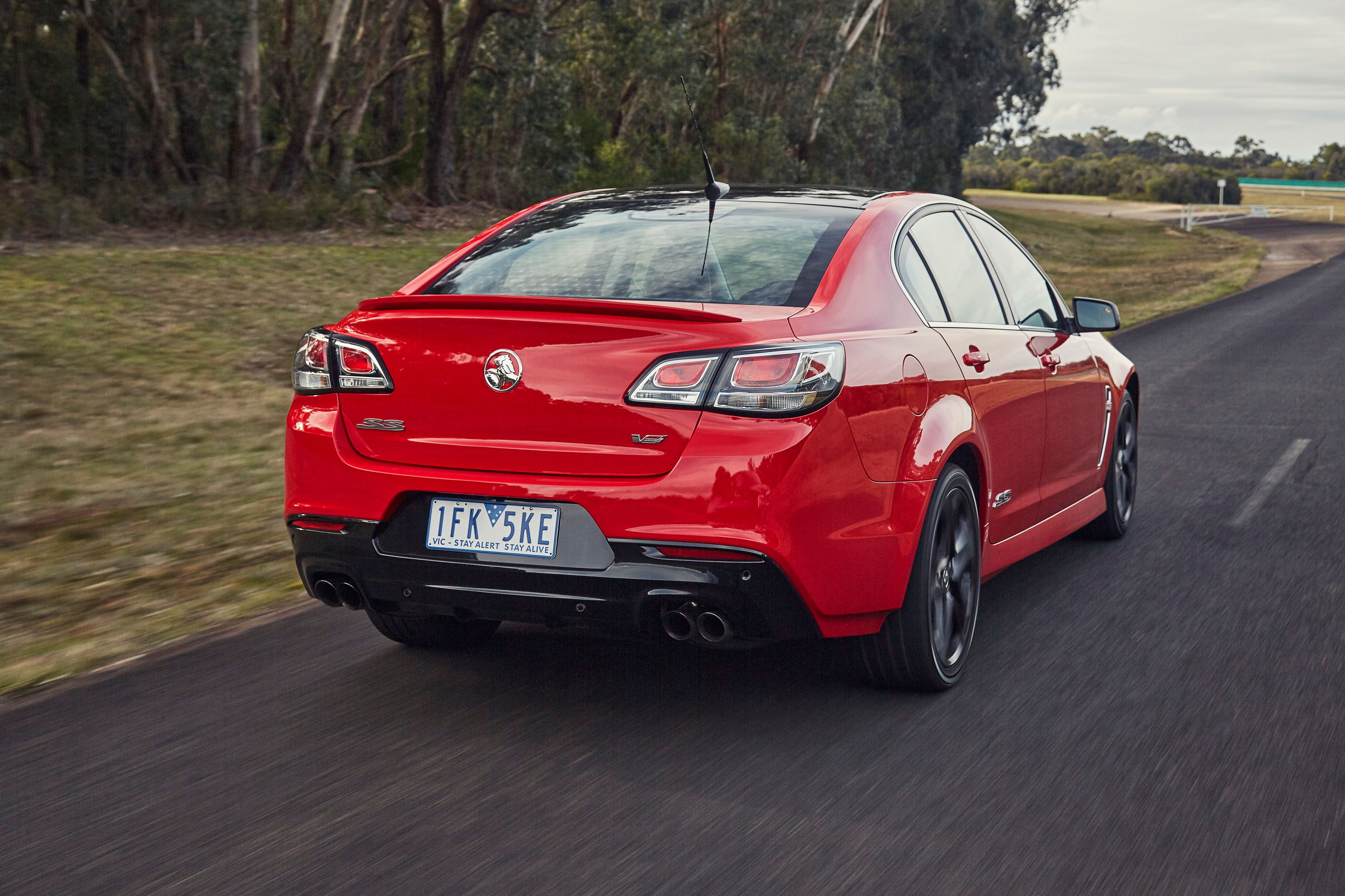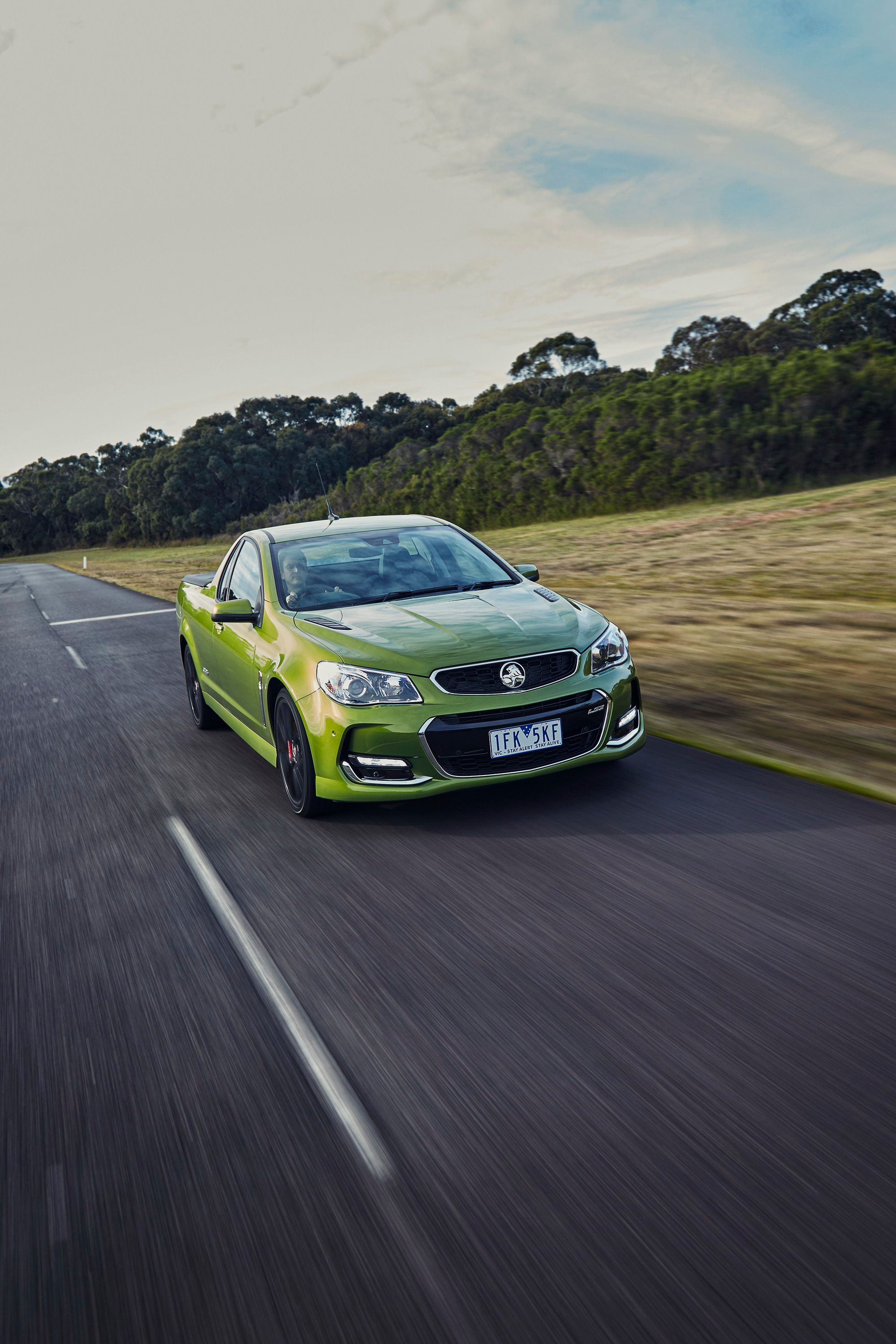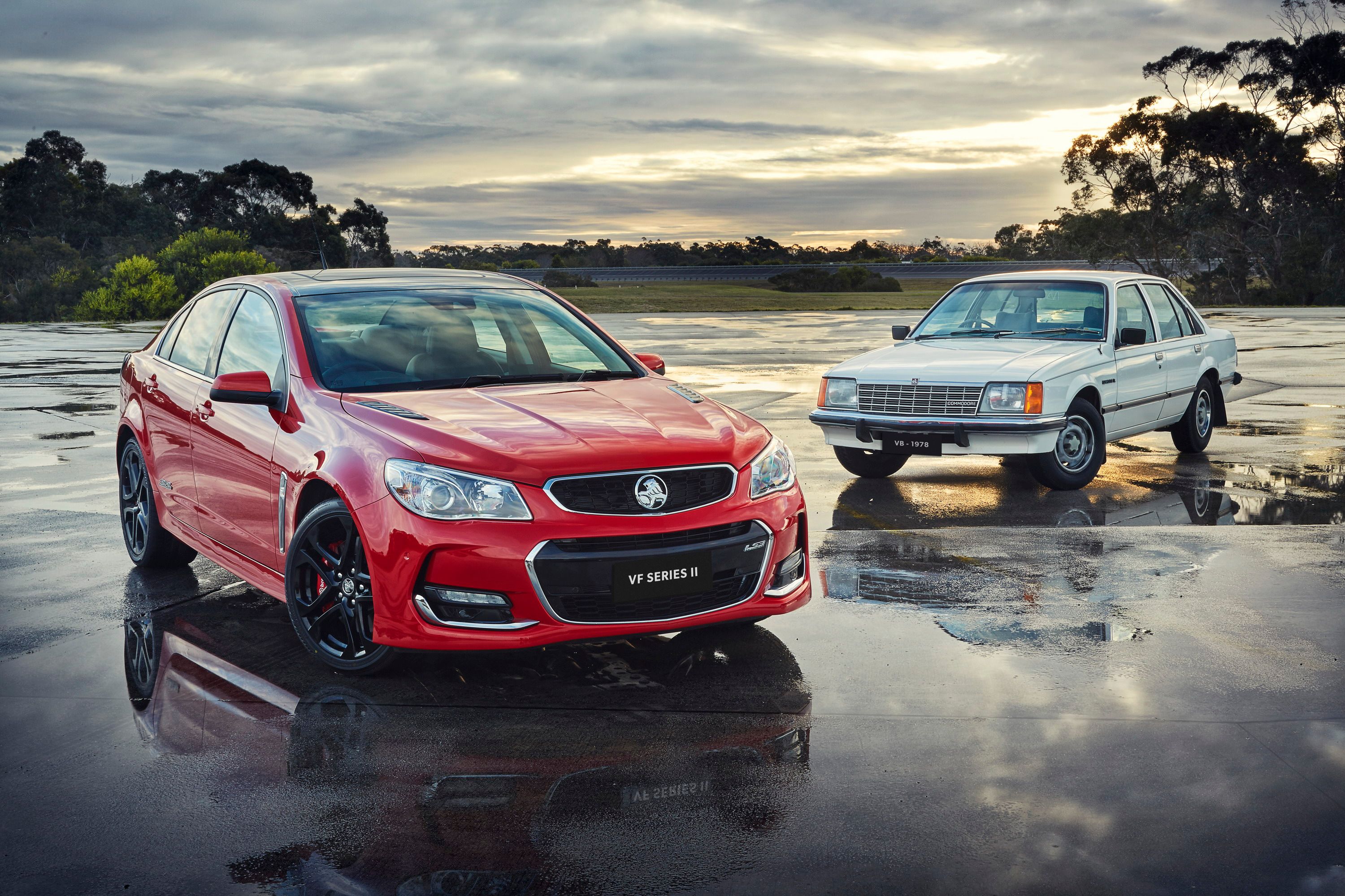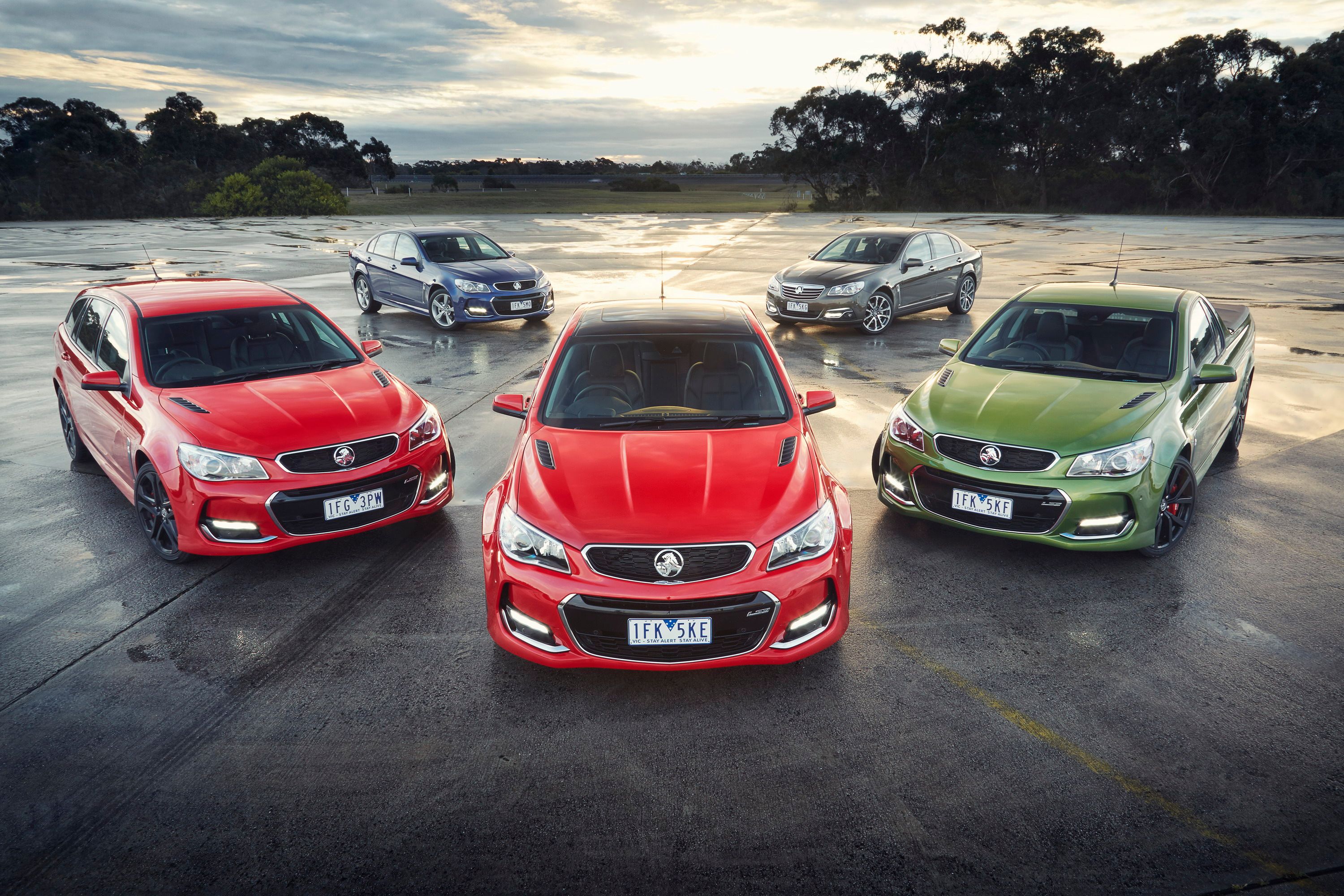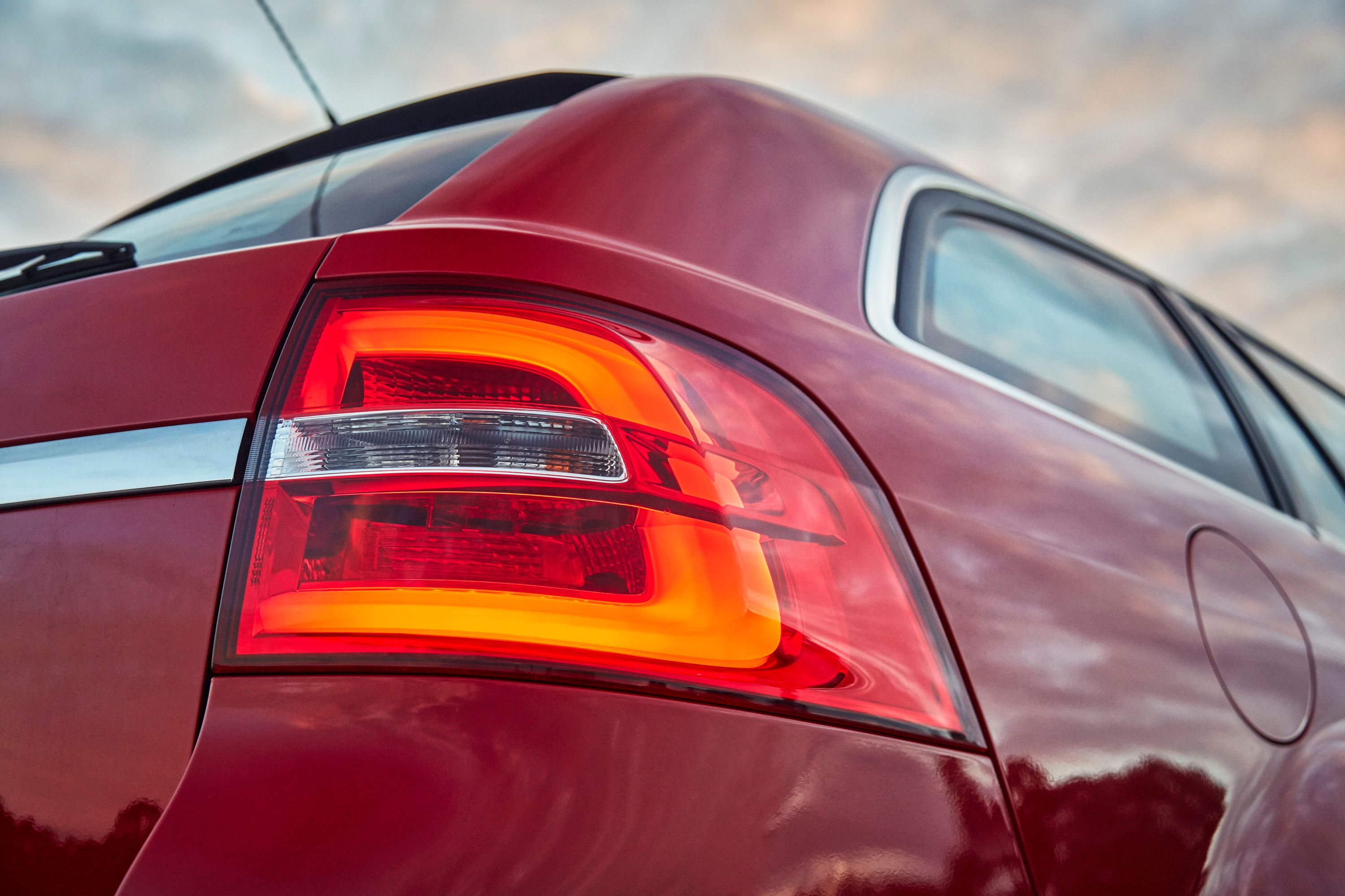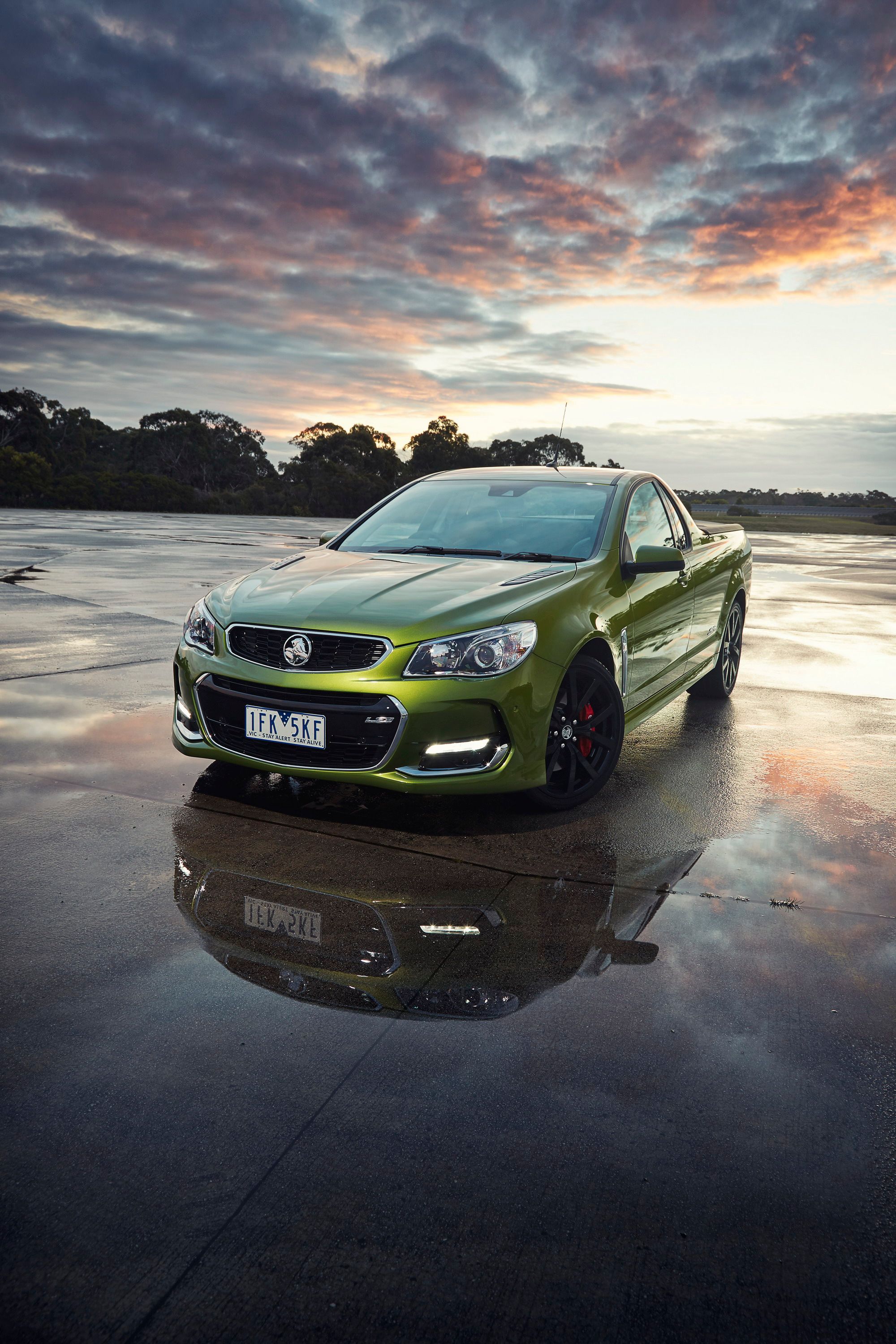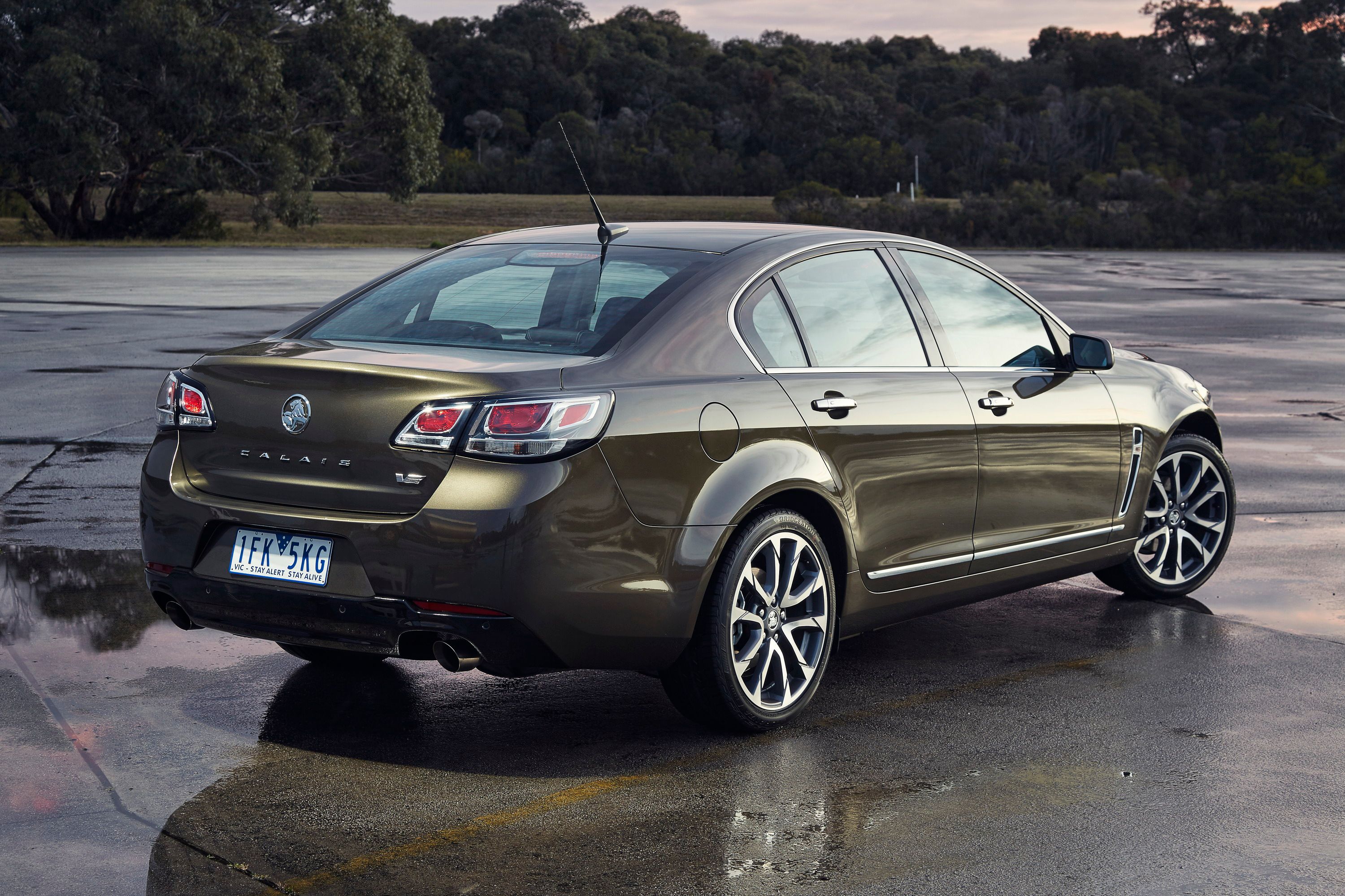Holden->ke33 has always been an interesting part of GM->ke1024. Unlike Opel->ke65, GM's European division, Holden cars tend to share a lot with American cars, they're just set up in a different and presumably more Australian way. Evidence of this similarity can be seen in how many Holdens have come to America wearing different badges. Even the Holden Commodore->ke1480 has come over as the Pontiac G8->ke2235, Pontiac GTO->ke406, the current cop-only Caprice->ke3664 and the Chevy SS->ke4344. Even the fifth-generation Camaro has a platform originally developed for the Commodore. So Holden's announcement that local production would shut down after 2017 as GM moves to a more global approach to making cars, represents a real loss.
So this latest facelift of the Holden Commodore will be its last, and Holden even threw it a party in order to send it off in style. Thirty examples of the car, dating back to 1978, were gathered in Port Melbourne to announce the debut of the VFII. As the name implies, the VFII is not a separate generation from the VF (Holden gives each generation a letter designation), but rather a refreshed version to keep the car from going stale during the last couple of years of its life. It looks great too, making it all the more unfortunate that it's going away.
Continue reading to learn more about the Holden Commodore VFII.
holden-commodore-vfii
- Make: Array
- Model: holden-commodore-vfii
2016 Holden Commodore VFII
- Make: Array
- Model: 2016 Holden Commodore VFII
- Engine/Motor: V8
- Horsepower: 407
- Torque: 420
- [do not use] Vehicle Model: Array
Exterior
The differences between the facelifted Commodore and the earlier VF models are not extensive. In fact, the changes to the exterior are almost entirely confined to the SSV Redline trim. This gets a new front bumper new vents in the hood and redesigned vents next to the foglights. Apart from that, the thing that the VFII offers that the VF doesn't is new LED taillights for the Sportwagon.
But that's okay, the VF is fine-looking car as it is. There will still be several different forms of the car too, including a wagon, a luxury model called the Commodore Calais, and a ute (a sort of truck/car hybrid, like the El Camino, but always much more popular in Australia), not to mention the many performance varieties.
Interior
Note: Chevrolet SS pictured
The cabin of the VFII remains the same as that of the VF. This is at its best in the Commodore Calais, which offers heated and ventilated leather seats and leather upholstery at the other touchpoints. There is dual-zone climate control and a variety of other touches that are largely in line with a good Buick interior. Lower-end models get into the Chevrolet end of interiors, although they use the same large infotainment screen as the Calais. The Commodore is a full-sized sedan, so there is plenty of interior and trunk space as well. It is slightly shorter but also just a bit wider than an Impala, just for comparison's sake.
Drivetrain
The engine is the most significant thing to have changed for the VFII. There is a V-6 version of this car available, but the changes have been made to the V-8-equipped model. All of these now feature a 6.2-liter LS3 engine under the hood. This is the engine that powered the previous generation of the Corvette, and could also be found in the U.S. version of the car and the souped-up versions made by HSV (Holden Special Vehicles). Non-HSV V-8 Commodores had previously been powered by an Australia-only 6.0-liter V-8, but this has now been dropped in favor of the LS3. The engine produces 407 horsepower, up from 362 horsepower from the previous engine, with HSV versions remaining the same. Those HSV versions, though unchanged, are quite impressive nonetheless. The GTS, a hotted up Commodore, puts out 576 horsepower. It can even be had in a ute version, known as the Maloo.
Holden has also said that it has gone to great lengths to make the engine sound just right, even saying it took years to work it out. Since one-third of Commodores purchased are equipped with a V-8, this is good news for a lot of potential buyers.
Drivetrain Specifications
|
Type |
LS3 6.2-litre V8 |
|
Output |
407 HP |
|
Torque |
420 LB-FT |
Safety
The Commodore tends to do well in crash tests, and currently has a five-star rating from ANCAP. The NHTSA hasn't published any data on the SS, the American version of the car, but the Camaro shares its platform and also has a five-star rating. The driver's aides are good but hardly groundbreaking. There is a reverse traffic alert, park assist and hill hold control, always a good thing for those that opt for a manual transmission. It's not much in the way of electronic gadgetry, but a car that performs so well in crash tests doesn't have as much to make up for.
Prices
You can pick up a V-6 Commodore for A$36,790 ($25,695 in U.S. dollars), but you won't notice much difference between the new VFII and VF with one of those. It'll take you about A$45,000 ($31,000) to get a V-8, really a pretty reasonable price for a muscle sedan. Prices go up by about A$10,000 for some of the better-equipped versions of the car like the Calais. It is the HSV versions of the car where the prices really start to get crazy. A GTS will cost you a whopping A$97,000 ($67,000). That's a lot, but when you consider that a BMW M3 can easily cost double that in Australia, it starts to sound like a bargain.
Competition
Ford Falcon
Just as GM has an Australian division with its own spin on GM products, so too does Ford have a down under division for the specific needs of that market. The Falcon has always been the biggest competitor to the Commodore, and it is Australia's biggest automotive rivalry. The car started its life as the same Falcon that we had in America, but from 1971 onward, evolved into an Australian model that now offers comparable body configurations and performance versions as the Commodore.
Read our full review on Ford Falcon here.
Skoda Octavia
The Octavia might not be able to keep up in the engine department with a V-8 Commodore, but for the two-thirds of Commodores that are still sold with V-6 engines, the Octavia is a pretty even match. The Octavia, and Skodas in general, tend not to do great with interior material quality, but do very well with the equipment offered as standard. There is also a wagon version, although it's probably worth noting that it isn't quite as big as the Holden.
Read our full review on Skoda Octavia here.
Conclusion
The VFII is a last hurrah for the Commodore – one last genuine Australian car before the whole world becomes just one big market. It's obviously a bit sad, but then, the Commodore hasn't been selling like it used to anyway. The last few years have seen seriously unimpressive sales figures, and the fact is that big cars just aren't in fashion anymore in Australia. Holden is thinking that sales will go up with the debut of the VFII, and that people will scramble to have one of the last of the V-8s. The nameplate will live on, but the next generation of the Commodore will be built in Germany, and won't have nearly as interesting a lineup of engines.

